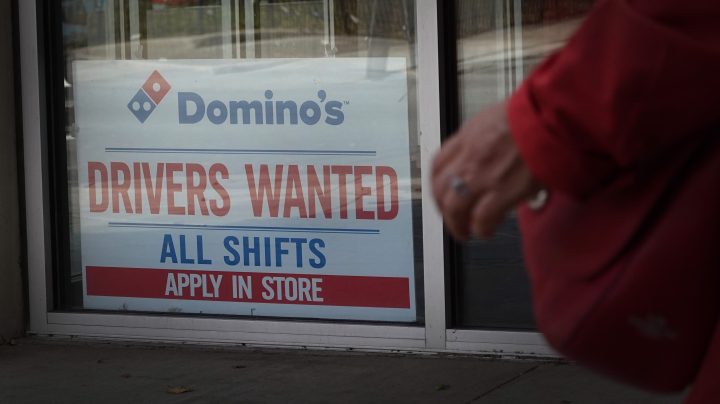
We probably aren’t in a recession — but these indicators will tell us if and when we are
We probably aren’t in a recession — but these indicators will tell us if and when we are

A majority of economists have told a variety of surveys that the Federal Reserve’s interest rate hikes will likely send the U.S. economy into a recession — at least a mild one — by early next year. So what signs should we be looking for?
First, let’s define a recession. It’s a sustained contraction of the economy: negative growth lasting more than a few months. And we’re probably not there yet.
But parts of the economy already are under the pressure of higher interest rates, according to Brent Schutte at Northwestern Mutual.
“A lot of the goods part of the economy is now in a recession already. The housing market feels like a recession,” he said.
And the index of leading economic indicators is down 2.7% for the year. “If I go back to 1950, there has never not been a recession when you’re at this level,” Schutte said.
Meanwhile, bond investors have driven short-term interest rates above long-term rates. That situation is known as an inverted yield curve.
“When you see this inversion taking place, that means we’re anticipating some type of recession sooner rather than later,” explained Tulane University economist Gary Hoover.
Despite these signs of impending economic slowdown, two key indicators are still chugging along in nonrecessionary territory, said ZipRecruiter’s Julia Pollak: job creation and consumer spending.
“The labor market is still strong,” she said. “Workers are receiving real wage increases again, which suggests they will continue to consume goods and services, and that will continue to sustain demand for labor.”
There are signs the labor market is cooling a bit, Pollak cautioned. Job postings have declined from red-hot levels earlier this year, for instance.
Yet employers’ demand for labor — driven by consumers’ demand for goods and services — is still historically high, she said. “So we’re unlikely to see an employment decline that would put us in recession territory anytime soon.”
But most economists think a recession, whether modest or severe, is in the cards for early next year, especially if the Fed keeps hiking interest rates aggressively to fight inflation.
We’ll know when the economy’s actually contracting, said Northwestern Mutual’s Schutte, “when we get our first negative jobs report, which is likely not too far in the distant future.”
Job losses and rising unemployment tend to be lagging economic indicators, which means that by the time we see the first negative jobs report, we’ll probably already be in the recession Schutte and most other economists are anticipating.
There’s a lot happening in the world. Through it all, Marketplace is here for you.
You rely on Marketplace to break down the world’s events and tell you how it affects you in a fact-based, approachable way. We rely on your financial support to keep making that possible.
Your donation today powers the independent journalism that you rely on. For just $5/month, you can help sustain Marketplace so we can keep reporting on the things that matter to you.

















